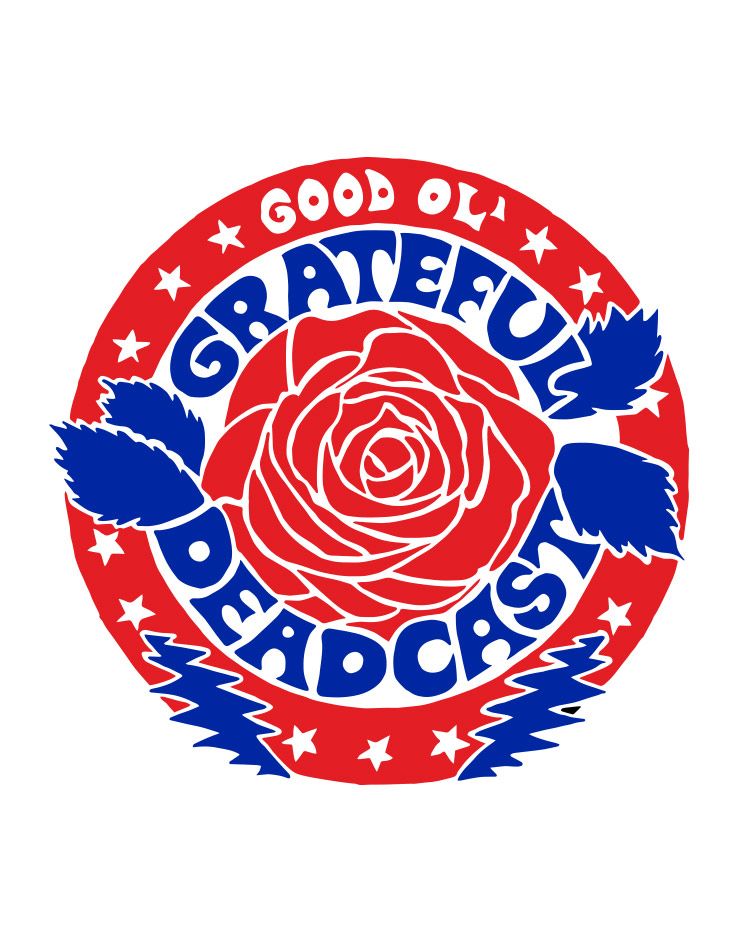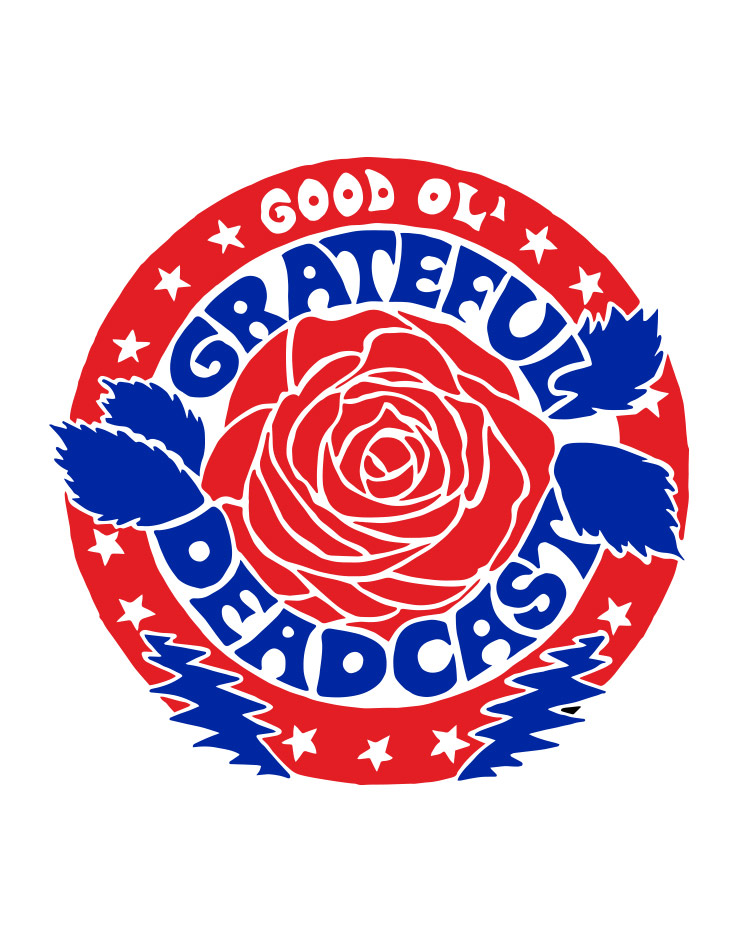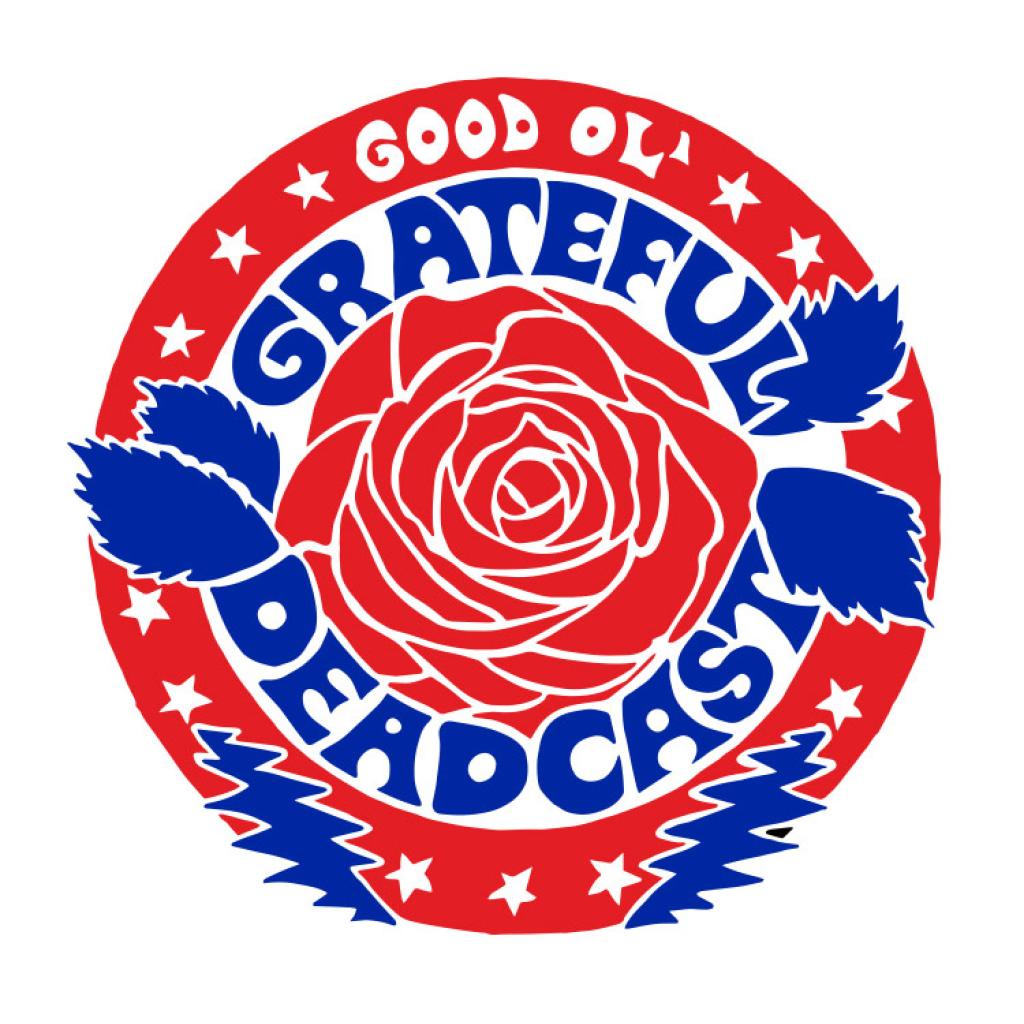Join us for deep dig into the rich history of WORKINGMAN’S DEAD with album co-producer Bob Matthews and others, beginning with a close listen to “Uncle John’s Band,” including its surprising roots in jazz history and Macedonian choral music, a further look into the session outtakes, and the story of the real-life Uncle John.


Uncle John's Band supplementary notes
By Jesse Jarnow
"We'd spent so much time and so much money working on our second two records, and we didn"t want to go through that experience again, definitely," Jerry Garcia told former Warner Bros. executive Joe Smith in 1988, an interview now streamable in full via the Library of Congress.
Garcia continued, “So I thought, what I’m gonna do is write some songs that are so fuckin’ simple, man, and so easy to understand that we’ll do ‘em in the studio in about a minute, it’ll take us no time, and it’ll cost us hardly anything, and we’ll be able to get out of this endless thing of spending more than we make on records, which seemed crazy to me. That’s kind of the idea behind Workingman’s Dead, though really, and also the next record, Workingman’s Dead and American Beauty, they’re both kind of one record, really, and that worked out beautifully, it really did, it worked out great.”
But what Jerry Garcia called “simple” was hardly unambitious. Or probably what most people would even call simple.
This is what the song that became “Uncle John’s Band” sounded like at first, when the Grateful Dead debuted it as an instrumental theme, here performed at the original Fillmore Auditorium in San Francisco on November 8th, 1969, released on Dick’s Picks 16.
Garcia had been listening to recordings of Eastern European folk songs, he later told Blair Jackson. Specifically, he’d been listening to music by the Bulgarian Women’s Choir and LPs by the Pennywhistlers, a vocal group that specialized in harmonies from around the world.
Here’s how Garcia put it: “On one of those records there was a song that featured this little turn of melody that was so lovely that I thought, ‘Gee, if I could get this into a song it would be so great.’ So I stole it… Actually, I only took a little piece of the melody, so I can’t say I plagiarized the whole thing. Of course it became so transmogrified when Bob and Phil added their harmony parts to it that it really was no longer the part of the song that was special for me. That was that melodic kicker originally though.”
But what I want to know is -- what was that song, though?
Along with Light Into Ashes (proprietor of the great blog called the Grateful Dead Guide), I sifted through a handful of likely albums and candidates, and Light Into Ashes found this contender: “Shto Mi E Milo” by the Pennywhistlers, from their 1966 album, Folksongs of Eastern Europe. They performed it that year on Pete Seeger’s revolutionary TV show, Rainbow Quest, now on YouTube.
Is that what Jerry Garcia was hearing when he wrote “Uncle John’s Band”? It’s certainly not the definitive answer, but if you’ve got an alternate proposal, we’d love to hear it. After locking into Garcia’s new melody, the band recorded a tape of themselves for lyricist Robert Hunter, playing the instrumental theme over and over again.
So who was “Uncle John”?
Uncle John himself was a mythical character of Robert Hunter’s invention, but a composite with at least a few traceable and fascinating sources in the history of American music.
If you’re looking for an actual person named John who might’ve the inspiration for Uncle John, John Cohen might well be it, and you could do a lot worse for a folk hero.
Sometimes known in folk music circles as “Uncle John,” John Cohen was a co-founder of the New Lost City Ramblers, one of the most pivotal bands of the folk revival of the late ‘50s and early ‘60s -- and a profound influence on a young Jerry Garcia and Robert Hunter.
Arguably the first group to revive old-time music without spiffing it up into folk-pop, the Ramblers weren’t only musicians, but scholars, tracking down forgotten performers and bringing them to new audiences. A not-insignificant number of the songs in Jerry Garcia’s various acoustic repertoires made their way there via the New Lost City Ramblers, and both Garcia and Robert Hunter crossed paths with the Ramblers themselves during their days traveling the folkways. In an exchange with David Dodd, author of The Complete Annotated Grateful Dead Lyrics, Robert Hunter said that the idea that Uncle John came from John Cohen was “right on the money,” a topic Scott Warmuth explored even more deeply in his essay “Bob Dylan’s Secret Answer Record: The Uncle John Connection.” Cohen returned the favor, with his own answer album, Stories the Crow Told Me (on David Grisman’s Acoustic Disc label) including the above version of “Buckdancer’s Choice,” the traditional fiddle tune referenced in “Uncle John’s Band.”
But Uncle John wasn’t any one person, with many threads of culture woven into the song’s fabric. Listen to episode one of the Good Ol’ Grateful Deadcast to hear the surprising link between Uncle John and New Orleans jazz pioneer Buddy Bolden, and more about “Uncle John’s Band” and Workingman’s Dead.
A final postscript, though: When the original draft of the lyrics went up for auction in 2002, it was discovered that Robert Hunter wrote several additional verses that didn’t make it into the final song:
Why wait in the dark for dawn [when] the sun’s still going down
Maybe I’ll dust off your chair if you say you’re comin’ around
Keep your place in line, all things come in time
Whoa-oh, all I need to know, [why] do these coals glow?
Would you carry me uphill back the way I carried you?
Take my further, if you can, [you know] I’d do the same for you
Think this through with me, let me know your mind
Whoa-oh, all I want to know is, will you be kind?




Uncle Jerry's Band
Stories feature is really Cool!!!!!